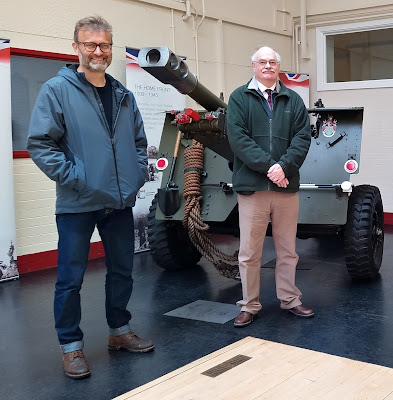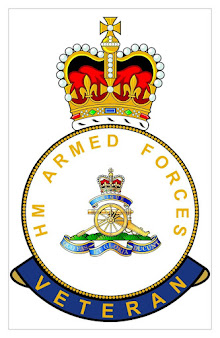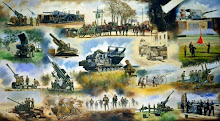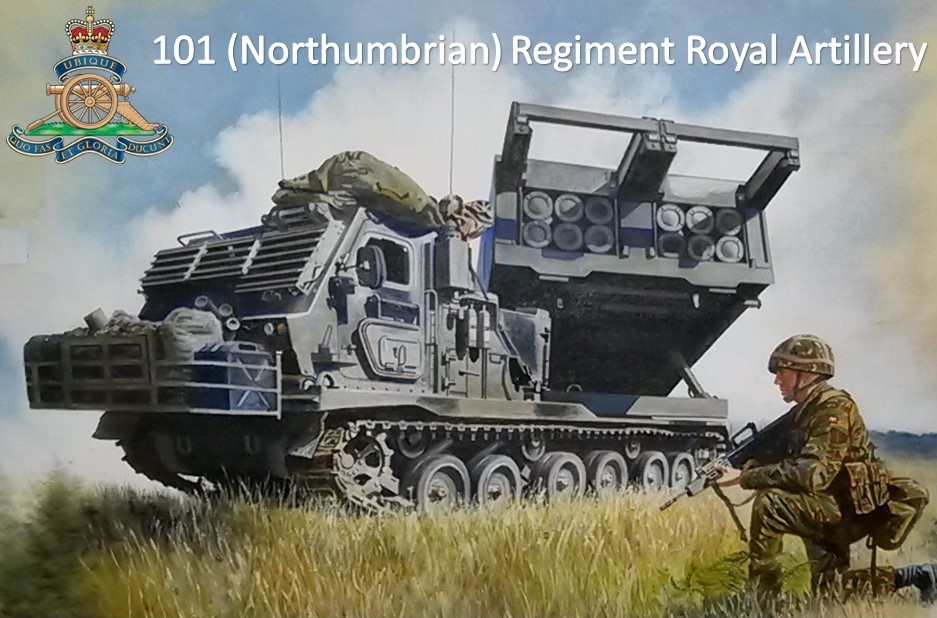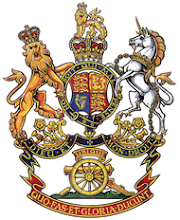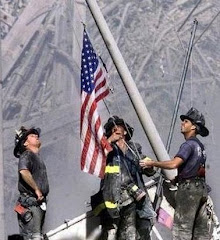Early in the morning of the 26th August 1914, the British II Corps were ordered to stand fast to the west of Le Cateau. The 37th Howitzer Battery RFA in support of the 5th Division deployed either side of a road in a covered position.
The weight of the German advance forced the BEF to withdraw, though their efforts were such that that a stopping blow forced the Germans to pause. This action allowed the BEF to commence a retreat which would ultimately stop on the River Marne.
During the battle, the 37th Howitzer Battery RFA had withdrawn 4 guns. Captain Douglas Reynolds found two horse teams when he retired to Remount, and decided to rescue the remaining two howitzers.
He called for volunteers to assist him and amongst them were Driver Job Drain and Driver Fred Luke.
Under heavy fire Captain Reynolds, Driver Drain and Driver Luke were able to rescue one of the guns.
For their bravery Captain Reynolds, Driver Drain and Driver Luke were awarded the Victoria Cross.
The Victoria Crosses awarded to Drivers Darin and Luke are located in the Ashcroft Gallery in the Imperial War Museum London.
 |
IWM Lord Ashcroft
Le Cateau VC's |
Driver Job Drain
London Gazette, 25
th November 1914
Citation with
Driver Drain: At Le Cateau on August 26
th, 1914, as volunteers, these two drivers saved their guns from falling into the hands of the enemy, although it was at the time under heavy fire from hostile infantry, who were only 100 yards away.
 |
IWM Lord Ashcroft Gallery
Drain VC |
Driver Frederick Luke
London Gazette, 25
th November 1914
Citation with Driver Luke: At Le Cateau on August 26th, 1914, as volunteers, these two drivers saved their guns from falling into the hands of the enemy, although it was at the time under heavy fire from hostile infantry, who were only 100 yards away.
 |
IWM Lord Ashcroft Gallery
Luke VC |














































